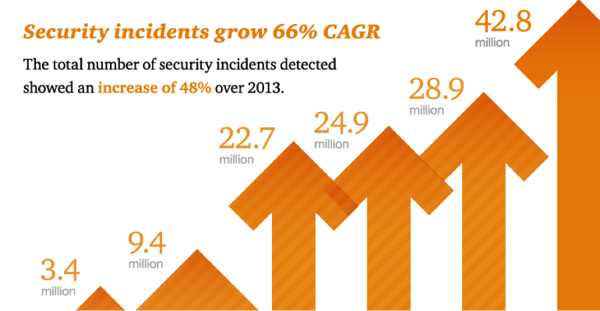 Able-One is lucky to have offices in two great technology communities in Ontario. Our head office is based in Kitchener, which is one of the premier tech hot beds, not just in Canada, but in the world. We are also happy to have an office in London, an up and coming start-up community. There are many resources available to organizations in London to help them grow and succeed.
Able-One is lucky to have offices in two great technology communities in Ontario. Our head office is based in Kitchener, which is one of the premier tech hot beds, not just in Canada, but in the world. We are also happy to have an office in London, an up and coming start-up community. There are many resources available to organizations in London to help them grow and succeed.
1. TechAlliance
TechAlliance is the Regional Innovation Centre for London and surrounding areas as part of the Ontario Network of Entrepreneurs. TechAlliance offers services to help start, grow and connect companies in many industries including digital media, the life sciences, advanced manufacturing, and clean technology. These services include access to valuable expertise, seed funding, educational programs and workshops, industry-specific events, and a comprehensive membership program.
2. Hacker Studios
Hacker Studios is a startup hub, providing both space and support for growing companies, and a place for a community of entrepreneurs to gather. Able-One has an office in London within Hacker Studios. They offer co-working and private office space that’s built to grow. It is not just the space that helps entrepreneurs grow their business. Hacker Studios offers programs, services, and events that help entrepreneurs build better businesses.
3. Western University
The main initiative at the Western University is Propel. Their mandate is to expose youth to the concepts of entrepreneurship, encourage testing of ideas through hands-on experience, and equip with the resources and skills necessary to succeed. Propel can offer co-working space, mentorship, access to funding, education, training, pitch competitions, and community events.
4. Fanshawe College
The main entrepreneur organization at Fanshawe is Leap. It is a campus-linked accelerator located inside the school. It has space in the student unions building and is the main hub for organizing events and initiatives.
5. Small Business Centre
The Small Business Centre in London provides tools and resources that entrepreneurs need to evaluate their idea and decide if entrepreneurship is right for you. The Centre offers a full range of support services, including workshops, seminars, government programs, advisory assistance, and networking events.
There are many resources and organizations available for startups in London. We are proud to be part of this growing community as well. We are looking to support startups in London. This support could range from mentorship to Able-One being a potential sales partner. Please contact us if you are interested in talking.




